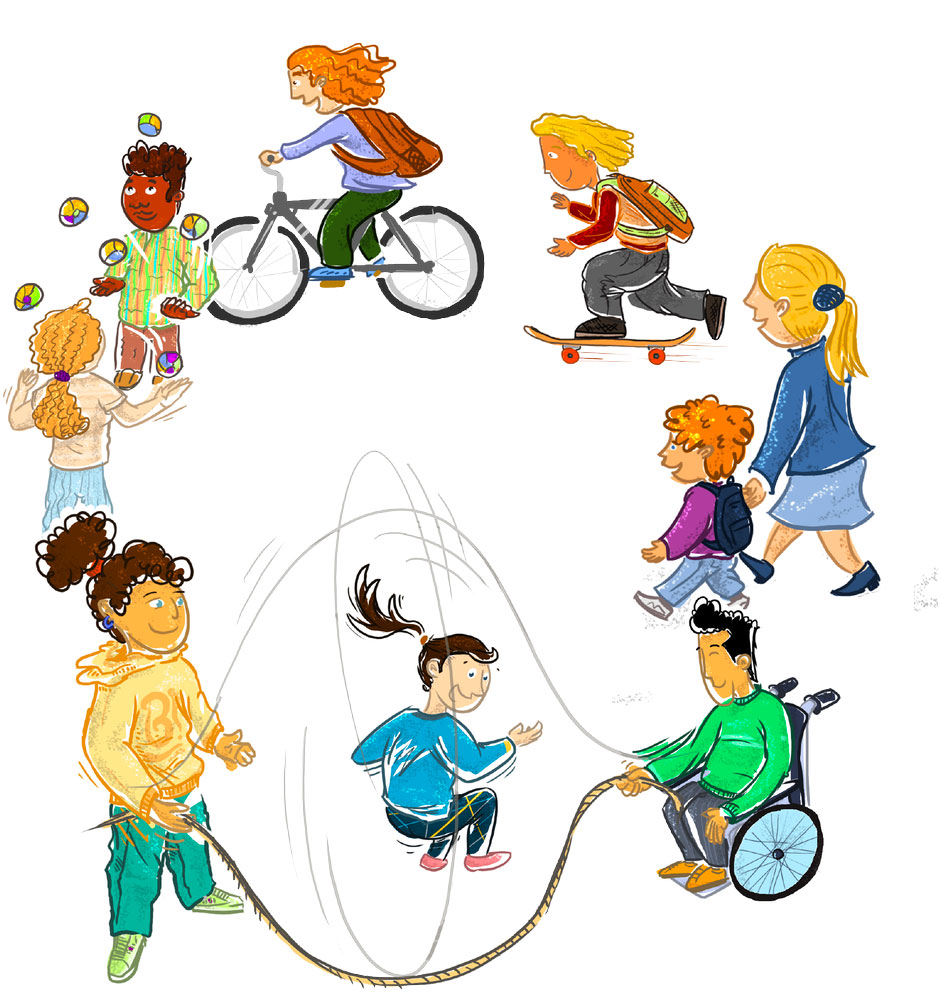
Well-being is a fundamental human right. The healthy cognitive, emotional, behavioral, physical and social development of the individual is a key objective of the World Health Organization (WHO). Once a country has ratified the European Convention of Human Rights (ECHR) https://www.coe.int/en/web/conventions/full-list/-/conventions/treaty/005
and The United Nations Convention on the Rights of the Child (CRC) https://www.ohchr.org/EN/ProfessionalInterest/Pages/CRC.aspx, all educators and especially you as a school principal need to be aware of the implications these two conventions have. An human rights-based approach (HRBA) to schooling includes the opportunity to both learn about and practice human rights values in the school environment. One of these fundamental rights is the right to live in a healthy body. Together with your staff YOU decide if the students in your school will receive the necessary knowledge, skills, social support and encouragement in their school environment to adopt long-term health-enhancing patterns of behavior. Two key areas are involved here that are closely linked to one another – physical activity (see below) and nutrition.

Useful Links
WHO 2012 project on Networking for Physical Activity
http://www.euro.who.int/__data/assets/pdf_file/0005/175325/e96697.pdf?ua=1
http://www.teachhub.com/top-12-classroom-fitness-activities
http://www.activeacademics.org/
Quality Physical Education (QPE). Guidelines for Policy-makers, 2015
World-wide Survey on School Physical Education, 2013
The Association Between School-Based Physical Activity, Including Physical Education, and Academic Performance. U.S. Department of Health and Human Services Centers for Disease Control and Prevention National Center for Chronic Disease Prevention and Health Promotion Division of Adolescent and School Health www.cdc.gov/HealthyYouth
Revised Version — July 2010
https://www.cdc.gov/healthyyouth/health_and_academics/pdf/pa-pe_paper.pdf




